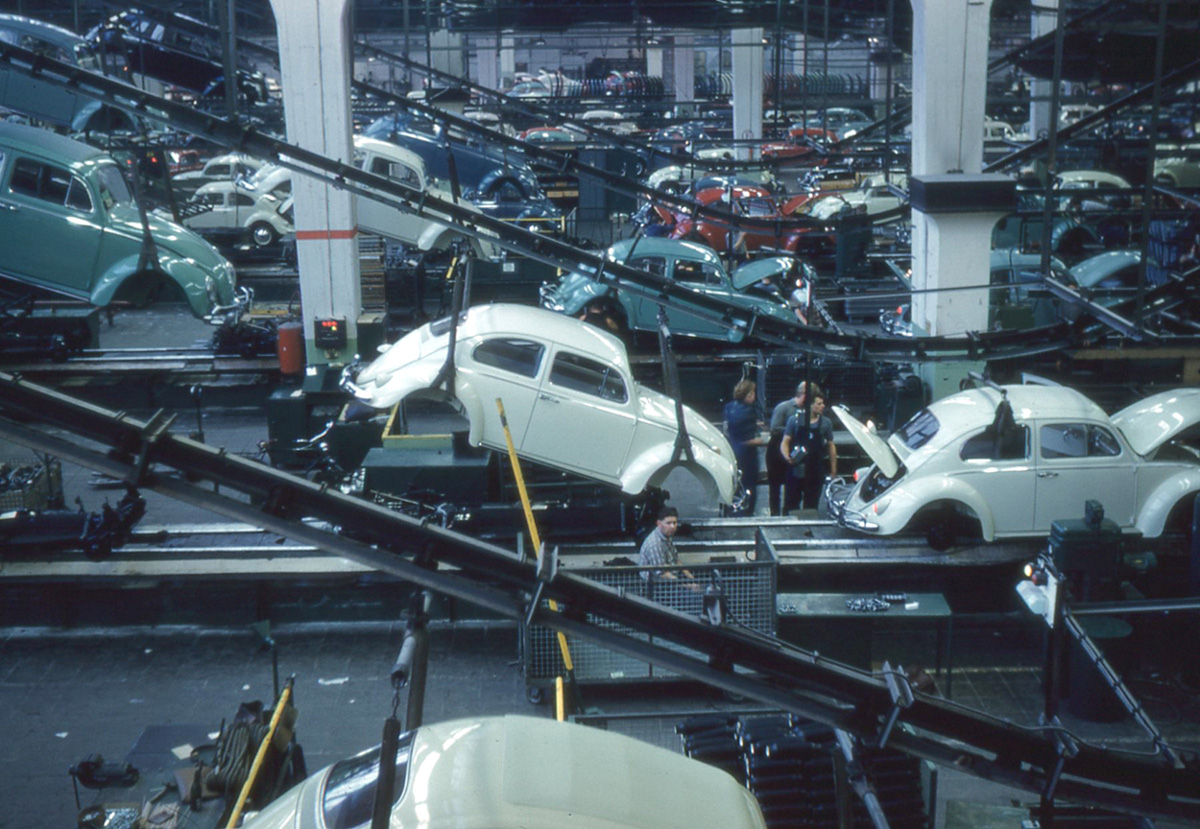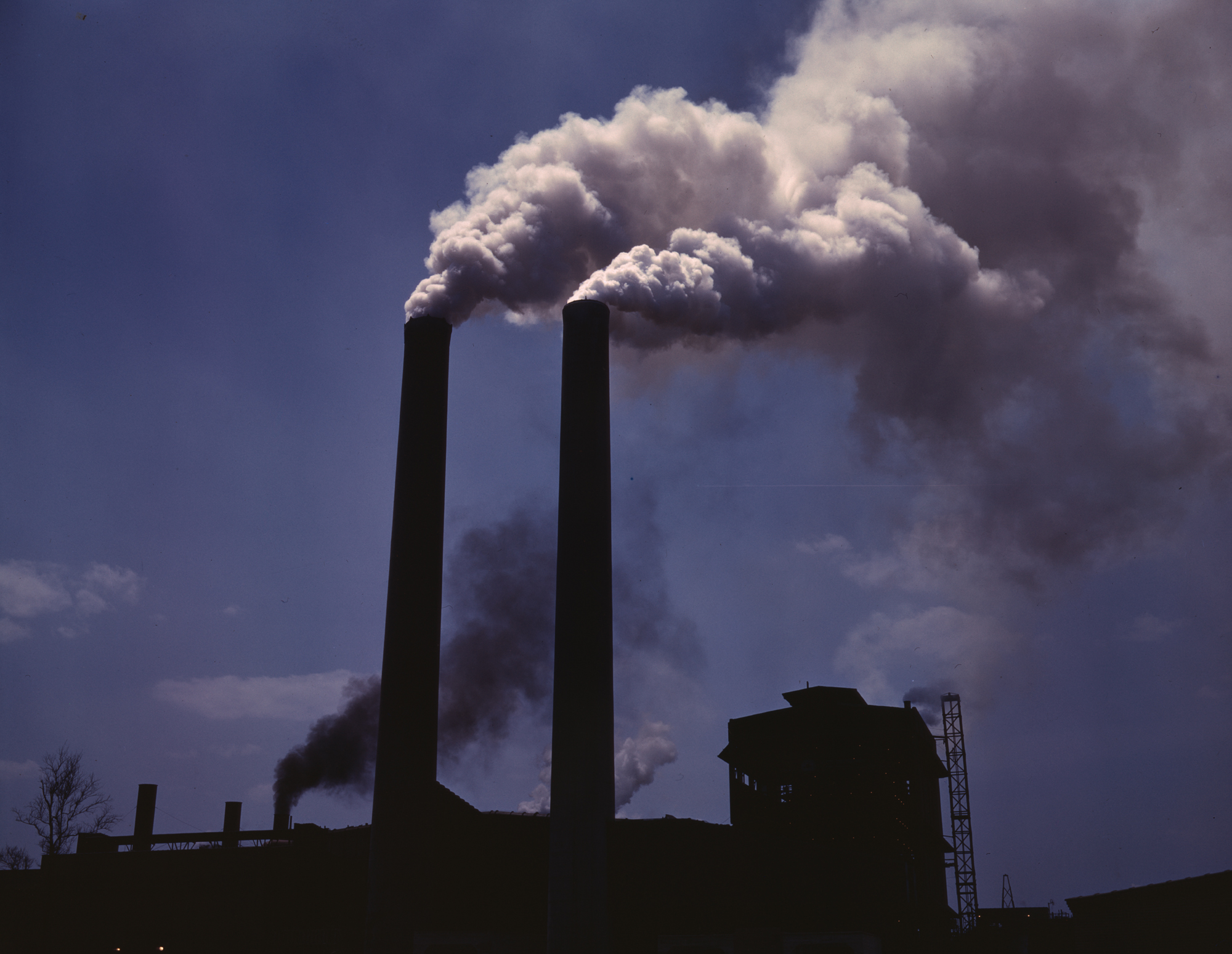The world of manufacturing has existed for hundreds of years if we use the definition that manufacturing is simply the art of making something for sale. Another definition of manufacturing on the other hand is what happened to manufacturing once we started using machines to do the legwork, regardless of definition, modern manufacturing can be largely used to describe electrical, machine-based creation of goods, tools and products. Modern manufacturing then, has existed for less than 70 years and in the last 20 years it has changed dramatically as technological advancements grow year on year, here is a brief history into the world of modern manufacturing.
Mass Production

Following the industrial revolution the idea of mass production started to come to the fore as people had more money in their pockets and brand power was beginning to rise. Eventually this prompted manufacturers to find a solution to their supply problems that the huge demand created. The notion was to use machines to create vast numbers of a product at high speed without losing the high quality of the product. To further speed the process up companies began to invest in machinery that would even package the products ready for sale at a far higher speed than human hands could. This allowed companies to save money on staff while supplying more goods to the consumer.
Robots and Humans
Modern manufacturing has now reached a stage where companies have struck a fine balance between human members of staff and the robots that do the lions share of the work. The balance between machines and humans has ebbed and flowed through the years with some companies having previously attempted to go fully automatic with their companies. The problem with school of thought is that technology still isn’t there for robots to do every inch of the production process, equally business’ are aware that without machines, they cannot keep up with demand. Currently the general look of industry is assembly line workers who essentially feed the machines with the beginnings of the product whilst the equipment finishes the job, there are also still parts of production that machines simply can’t do, areas such as car manufacturing still have heavy human involvement.
Environmental Impacts

The last twenty years or so have seen huge pressure put on industries to consider their environmental effects. Governments around the World have placed levies and strict legislation on gas emissions, waste disposal and product usage which has caused some manufacturers to think differently about their processes. As environmental consciousness has grown, so have new machinery and new types of raw materials that enable manufacturers to continue to create high quality products whilst staying ‘green’. The impact of this in recent decades has come at a cost to many industries as they pay for research and investigation into their practices. Governments require manufacturing to take place on their soil and currently many of them offer grants and subsidies or tax breaks to many manufacturing industries to help them stay in line with their environmental promises.
